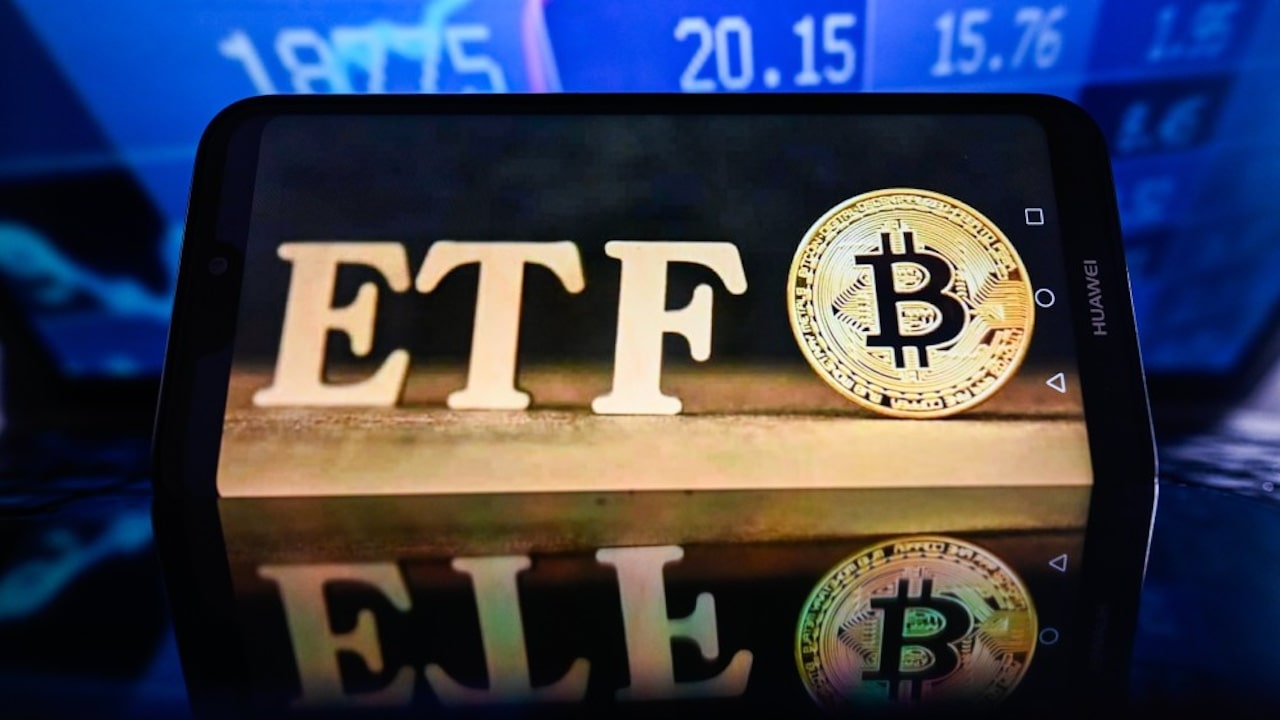A recent report from blockchain analytics firm IntoTheBlock reveals that United States spot Bitcoin ETFs currently control around 5% of the total Bitcoin (BTC) supply. These ETFs hold over 920,000 BTC, indicating increased institutional engagement in the crypto market.
Did you know that nearly 5% of Bitcoin's circulating supply is held by ETF addresses? pic.twitter.com/5YmWRPBtAl
— IntoTheBlock (@intotheblock) October 7, 2024
BlackRock manages approximately $23 billion in Bitcoin, making it the largest holder among U.S. spot Bitcoin ETFs. Grayscale is the second-largest, with around $14 billion, though it has seen a slight decrease in its market share. Fidelity holds the third position, with roughly $11 billion in bitcoin.
Bitcoin Access in Traditional Structures
Spot Bitcoin ETFs offer a structure that allows investors to access Bitcoin within the framework of traditional finance. The setup makes it possible to include Bitcoin in retirement or tax-advantaged accounts, similar to conventional assets.
For larger institutions, these financial products serve as a regulated channel for entering the Bitcoin market, aligning it more closely with the traditional financial system.
The demand from institutions through spot ETFs reflects the market outlook observed earlier in the year. The first batch of these ETFs gained approval in the country in January, and by March, Bitcoin reached a new peak of over $73,000. Some market participants associated the price movement with the increased access and adoption facilitated by the launch of these ETFs.
BTC Market Dominance Reaches 54%
The increased adoption of Bitcoin is also evident in its market share. According to IntoTheBlock, Bitcoin’s market dominance rose to 54% this quarter, the highest level since April 2021. BTC’s price remained largely stable during this period, while Ethereum (ETH) and other altcoins recorded new yearly lows.
The increase in Bitcoin’s market dominance is accompanied by growing network strength. Unlike stagnant price trends, Bitcoin’s hash rate —a measure of the computational power securing the network— has continued to rise, currently reaching 683 million TH/s.
CryptoQuant analyst Maartunn notes that the uptick in hash rate, even six months after the halving, signals sustained network activity despite the broader market downturn.
Six months after the halving, and the Hash Rate continues to grow 💪
Hash Rate is one of Bitcoin’s most fundamental metrics. It measures the amount of computing power being contributed to the Bitcoin network, expressed in TH/s. Currently, it sits at an impressive 683 million… pic.twitter.com/P7ffN3B9W1
— Maartunn (@JA_Maartun) October 6, 2024
Maartunn pointed out the complexities of expanding mining operations, such as acquiring hardware, securing suitable locations, hiring personnel, and managing energy costs. He added that the steady growth in the hash rate suggests that more resources are being dedicated to Bitcoin mining.
The analyst views this as a positive indicator for Bitcoin’s long-term outlook, reflecting confidence in the asset’s value despite potential reward reductions due to the halving.
